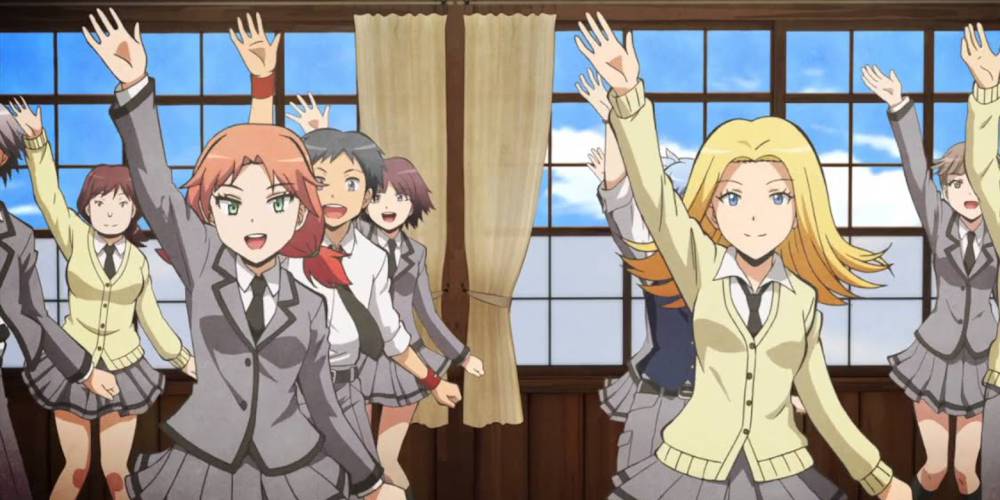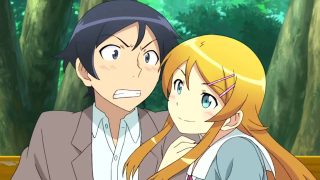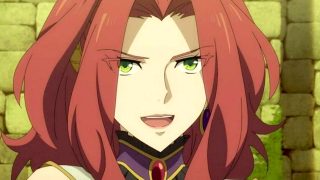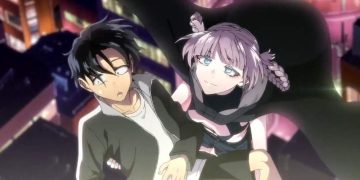Admit it. Most of you skip the opening and ending credit sequences when you watch anime. You might even be an expert, able to click exactly where you need to click to jump to the perfect spot.
If you're a skipper, you may or may not feel guilty about it. After all, those 2–4 minutes were painstakingly made by the animation team, and all of that's included in the anime's overall production budget.
Yet, despite knowing that opening and ending credit sequences are core elements of any episode—and the entire series as a whole—many can't help but skip them. And we don't blame you if you do.
Here are several reasons why anime opening and ending credit sequences are so frequently skipped, even if they're well-made and interesting.
6. To Jump Right to the Action
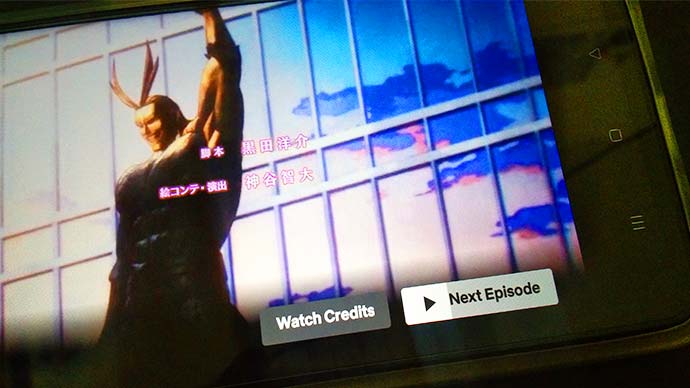
When an episode ends on a cliffhanger or a big reveal, it's normal to scramble for that skip button—because in that moment you just don't care about the credits and want to find out what's happening next.
Cliffhangers are exciting, but they're also frustrating, especially if they happen at the end of every episode. Those minutes from opening and ending credit sequences add up fast.
And in this era of streaming platforms that encourage binge-watching—with apps like Netflix even providing convenient "Next Episode" and "Skip Intro" button—it's no surprise that so many choose to skip.
5. Credit Sequences May Have Spoilers
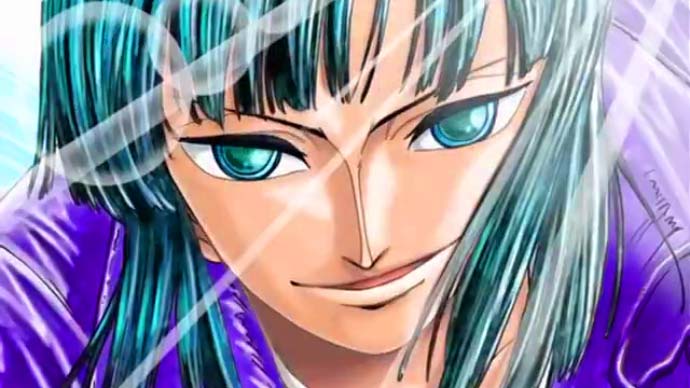
Everyone hates spoilers, but the risk of spoilers is significantly greater when watching an anime series that's based on a manga series.
Sometimes, details are thrown into opening and ending credit sequences that depict what's going to happen during the current season/story arc, giving away important plot points—often as a nod to manga fans.
Take, for example, Nico Robin from One Piece. One of the show's openings showed her alongside the main pirate crew, making it obvious that she would join the Straw Hats despite being the villain of the Alabasta Arc.
And then there are credit sequences that showcase individual characters and their special abilities—even before those abilities have been officially introduced in the actual story by that point.
Some may say that these momentary glimpses are exciting and intriguing, but for many, they ruin the thrill and mystery of what's to come.
4. Credit Sequences Can Totally Lie
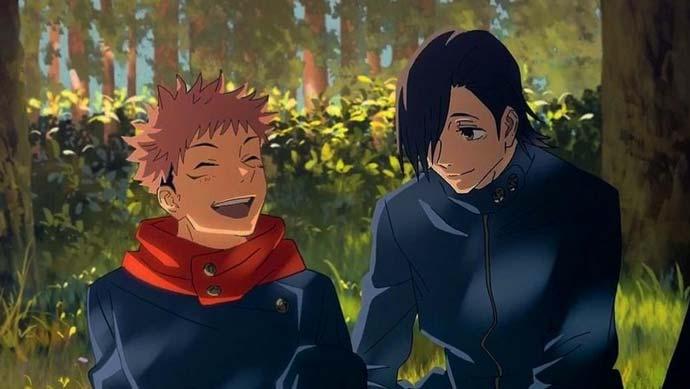
The pain of being spoiled might be annoying, but there's another kind of anime credit sequence that's even worse: the kind that outright lies about plots, relationships, and lore that never actually happen.
Jujutsu Kaisen, for example, had an opening scene where Junpei sits with Yuji and the rest of the gang under a tree. That never actually happened because Junpei was transformed into a beast-like creature by Mahito!
Another example is the shared hand seal performed by Naruto, Sakura, and Sai in Naruto Shippuden. Their teamwork may have grown stronger, but that specific scene is never in the show.
Between spoilers and outright lies, it's not unreasonable for anime viewers to be fed up with opening and ending credit sequences, never quite sure what to make of them.
3. To Minimize Data Usage
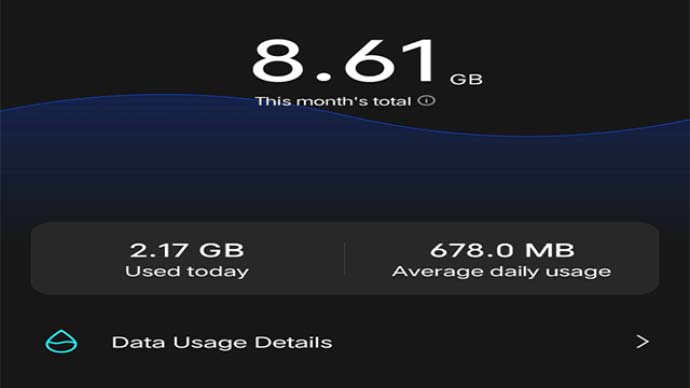
Nothing has been better for the anime hobby than the advent of the internet, allowing fans to watch whatever they want via streaming apps and sites instead of a limited selection on television.
However, not everyone has unlimited data. In some countries, it's not just mobile internet that's capped with data usage plans—home internet usage may also be capped, and anime can quickly eat into that.
For anime fans who have limited data, skipping 9 minutes of credit sequences in a 23-minute episode can save a ton of data.
Over the course of an hour, that's the difference between watching three episodes (with credits) or four episodes (without credits).
2. Credit Sequences Are Uninteresting
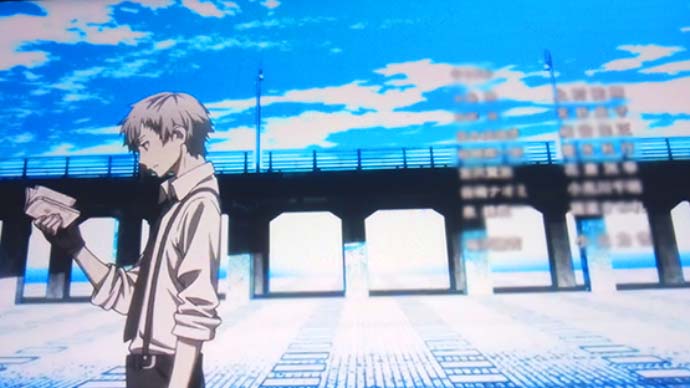
Credit sequences are necessary to attribute work to their respective names. The trouble has always been—not only in anime but movies and TV shows as well—finding ways to make credits interesting.
As a whole, anime has favored one specific approach: combining intense theme songs with visually explosive animations. The main drive is to hype viewers for the episode to come.
Songs like "Nanka Shiawase" from Flame of Recca, "Kimi ga Suki da to Sakebitai" from Slamdunk, and "Yuzurenai Negai" from Magic Knight Rayearth are classic examples that are still loved by many.
But not every song choice is good, the accompanying animations aren't always interesting or memorable, and the overall sequence may not even fit the tone of the series. Whether it's a slice-of-life series with an EDM opener or a dark series with a quirky ender, credits can be jarring.
The worst offenders are ending credit sequences that offer nothing of substance, such as a single character walking down an alley or staring out the window—for the entire sequence!
1. Credit Sequences Are Repetitive
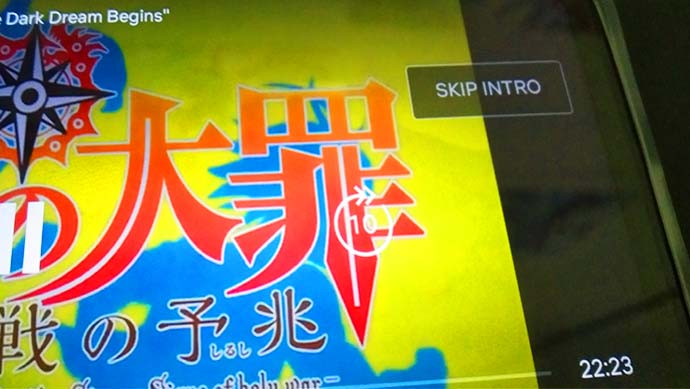
Often, the song in an opening or ending credit sequence might be good at first, but even good songs can quickly become repetitive. Very, very few anime series have put out sequences that buck this trend.
The problem is exacerbated in our current era of streaming platforms and binge-watching behaviors, as viewers can easily blast through an entire season in one day or one weekend.
And when a theme song is particularly catchy, we might choose to avoid them—because we don't want to get stuck with an earworm that keeps playing in our heads for hours or days after we're done.
